Ivor Middleton has been working in visual effects for over 26 years. He has worked in many studios such as Mill Film, Cinesite and Vine FX. In 2012, he created his own studio IMG VFX. His filmography includes many projects such as GLADIATOR, THE GOLDEN COMPASS, THE RACK PACK and THE WAR OF THE WORLDS.
What is your background?
I’ve worked is VFX as an artist and supervisor for 26 years. I started in the industry working in commercials in the early 90’s, before working for some of the larger companies such as Mill Film and Cinesite working on features. I set up IMG VFX eight years ago, and we provide VFX supervision service to productions, as well as operating as a vendor creating cgi, animation, FX and compositing.
How did you get involved on this show?
The production needed help VFX supervising the shoot, and I got involved in the preproduction phase of the show. Once we wrapped the shoot I continued working with production as overall VFX supervisor during post, liaising with our vendors and production.
How was the collaboration with the Showrunners and the Directors Philippa Lowthorpe and Marc Munden?
It was a really creative process and a very demanding show. Both directors, producers and creators had very high ambitions for the series with was really trying to break new ground. One of the interesting and creative aspects of the show was how much we needed to design for the VFX- so there was a stage where we did a lot of concept work to establish where we were taking the VFX.
What was their expectations and approach about the visual effects?
The expectations were very high, and we had the whole gamut of VFX on the show, from creature animation, environments, FX. Some of the most challenging sequences were the dream sequence in Episode 1 and Episode 2, and the acid trip sequence in Episode 2 and 3, where we really had to explore what the imagery needed to be. However, even some of the so called simpler VFX of subtly changing the environment needed a great deal of attention to make sure it fitted with the tone of the show- the directors were very driven to get the work right. One of the most important things to get right was to get the VFX to blend in- it’s not really a VFX show, despite there being 520 VFX shots, and we never wanted to forefront the VFX above the narrative.

How did you organize the work with your VFX Producer?
Rob Delicata was the VFX Producer, and although we’ve known each other for years, this is the first time we had actually worked together. Rob was very keen on us having multiple vendors to ensure everything could be delivered in the timeframe. This made sense as we both knew this was a much bigger project than originally anticipated with more complex VFX requirements. The schedule was quite tight and we had a broad range of work so in the end we had five vendors, as well as Online, MPC Episodic, Freefolk, Lenscare FX, Union VFX, and my company IMG. This approach stood us in good stead when we went into lock down with Covid in March – and everything went remote.


Can you elaborates about the environment work of the mysterious island?
There was quite a lot of this work. We often needed to make the island feel more isolated, so we needed to change the horizons and skies. The causeway is very significant in the story and quite symbolic, and we had these great top shots which were quite stylised- these were entirely cgi. One of the problems we had shooting on the causeways is the water levels change so rapidly- so there were sequences where we created cgi water to get the levels as they needed to be for the narrative- and this to play seamlessly with wonderful photography.
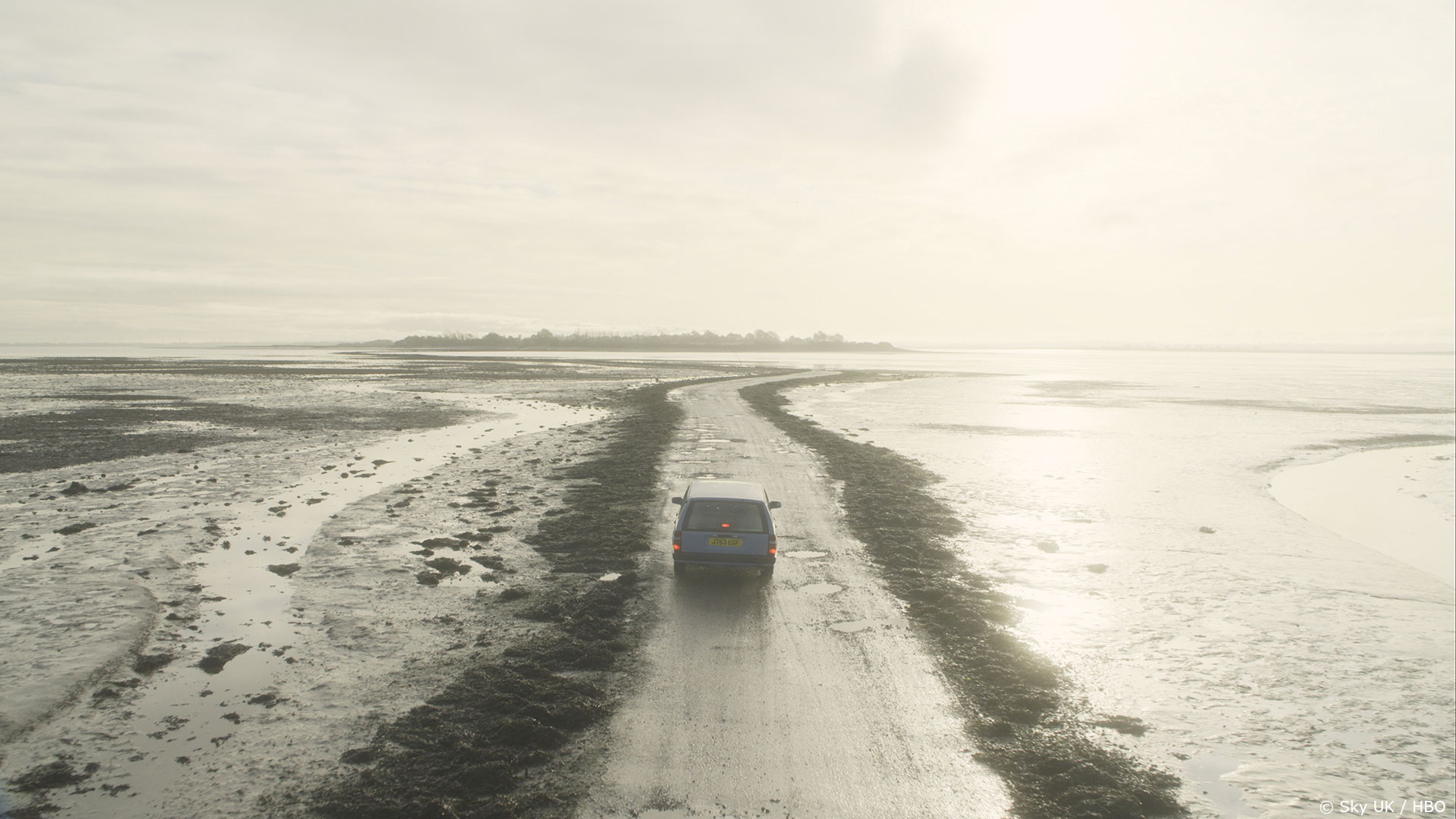

Which place was the most complicate to extend?
Definitely the acid sequence in Episode 2- we developed all this wacky imagery, base around the mythology of the story, which needed to emerge from the environment.
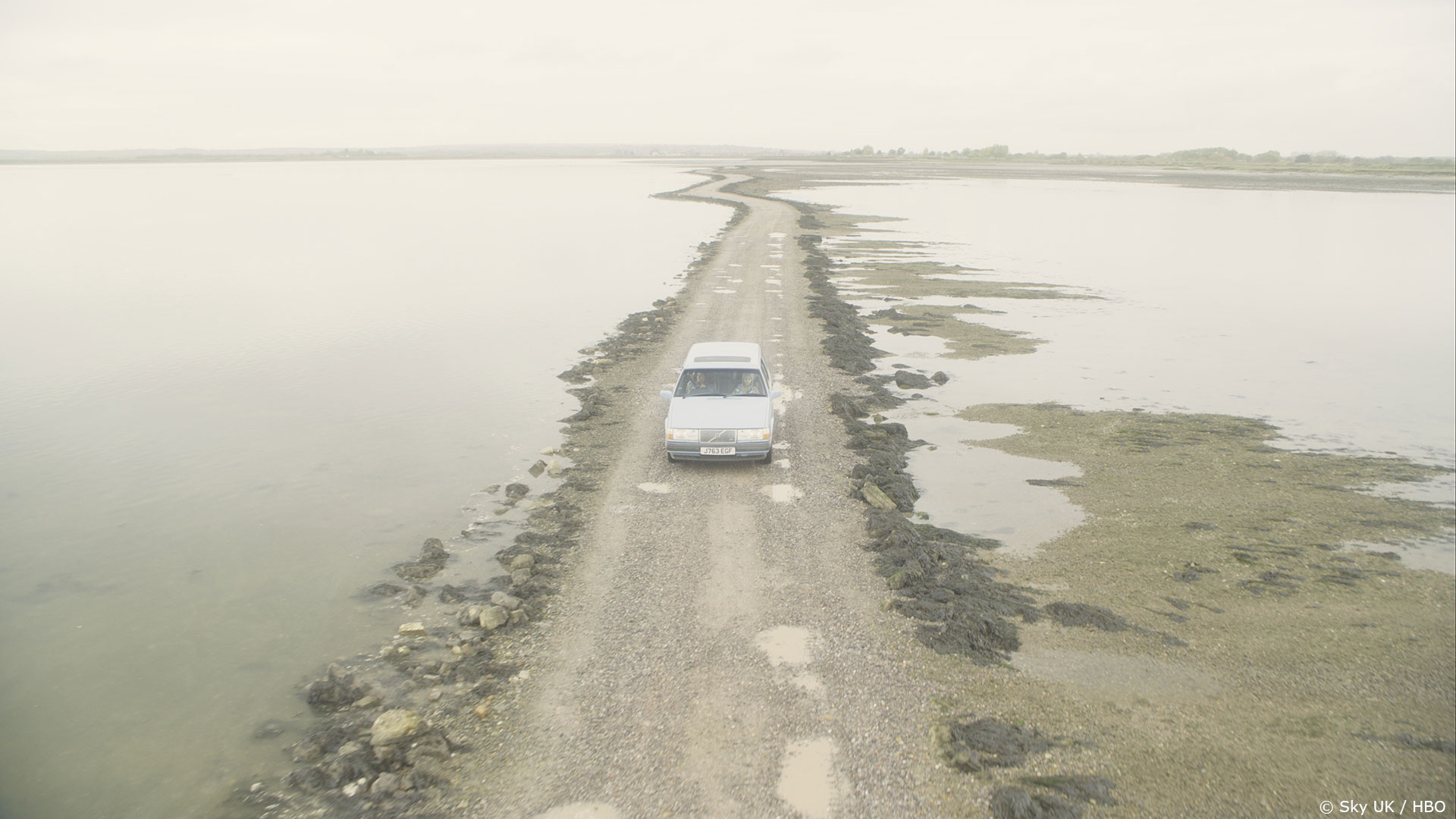

Where was filmed the island sequences?
Quite a lot was filmed on Osea island, which is real island of the same name, with a causeway, in the Blackwater Channel in Essex. However we film on a lot of other coastal locations on the mainland, some quite wild places like the Isle of Grain and Sheppey. But we also shot inland in various woods, and big country house which give the island a sense of scale.


Can you explain in detail about the beautiful aerial shots in which we see the road and the sea?
Ah yes, I mentioned those earlier. There were a number of drone shots which were filmed- and what was magical about those was you could see the causeway beneath the sea- so that was an idea that was developed further with these big aerial shots- which were created in cgi. We get this sense of the serpentine form connecting to the mainland- but you can see the causeway and underlying basin. They are quite stylise- the scale of the water is bigger than it should be and the colorist added a lot to the shots in the grade.

Those shots looks like paintings. What kind of references and indications did you received for them?
We didn’t have any reference, apart from the original drone footage, and they just kind of evolved to be these quite beautiful painterly images which we see.

Can you tell us more about the water simulations?
The water simulations were done in Houdini.

Can you elaborates about your creatures work?
Yes, there was quite a lot of creature work- crickets, crabs and these were done across multiple vendors including MPC Episodic, IMG, FreeFolk and Union.
The crickets are a recurring motif throughout the ‘Summer’ Episodes, and which also appear on the various bits of artwork we see in the festival rehearsal scenes, and also as wooden sculptures peppered around the island. We learn that the crickets portend rain but also death- so they have an increasingly ominous presence.
We first come across a cricket, when we first meet Sam, when he is grieving beside the stream. The intention was that they should be abnormally large and exotic looking- vibrantly colourful, and therefore clearly out of place. Modeled and animated in maya, and rendered in Arnold.
We next come across a cricket as Sam approaches the causeway. This time Sam kicks the cricket over, only to find that it is dead as a lot of tiny bugs spill and crawl out of its abdomen, eliciting a sense of disgust in Sam. It also presages a theme of disembowelment and violence, relating to the islanders beliefs, which we come across again repeatedly in the narrative.
All of this culminates in a huge shot at the end of the ‘Summer’ Episodes- the final shot of Episode 3. As Sam enters the Big House, a huge swarm of ‘crickets’ take to the sky and amass above the house. One of the biggest shots we undertook, and also one of the longest. A great deal of attention was given to the animation, so that at first we are not aware of them, but one by one they start to move and then fly. Crickets can’t fly of course- so they have become locusts- with all the biblical associations which come with a swarm of locusts.
The crabs make an appearance where Sam wakes on the beach surrounded by them. The point here was it denotes that the tide is out, and therefore the causeway is open. But also it gives a sense of the island is somehow alive- a recurring theme- the sense that the island is somehow responding to Sam’s presence. There are other similar shots, filmed in camera, for example the ants in the woods during the acid sequence. Shots created by MPC Episodic using their crowd system.

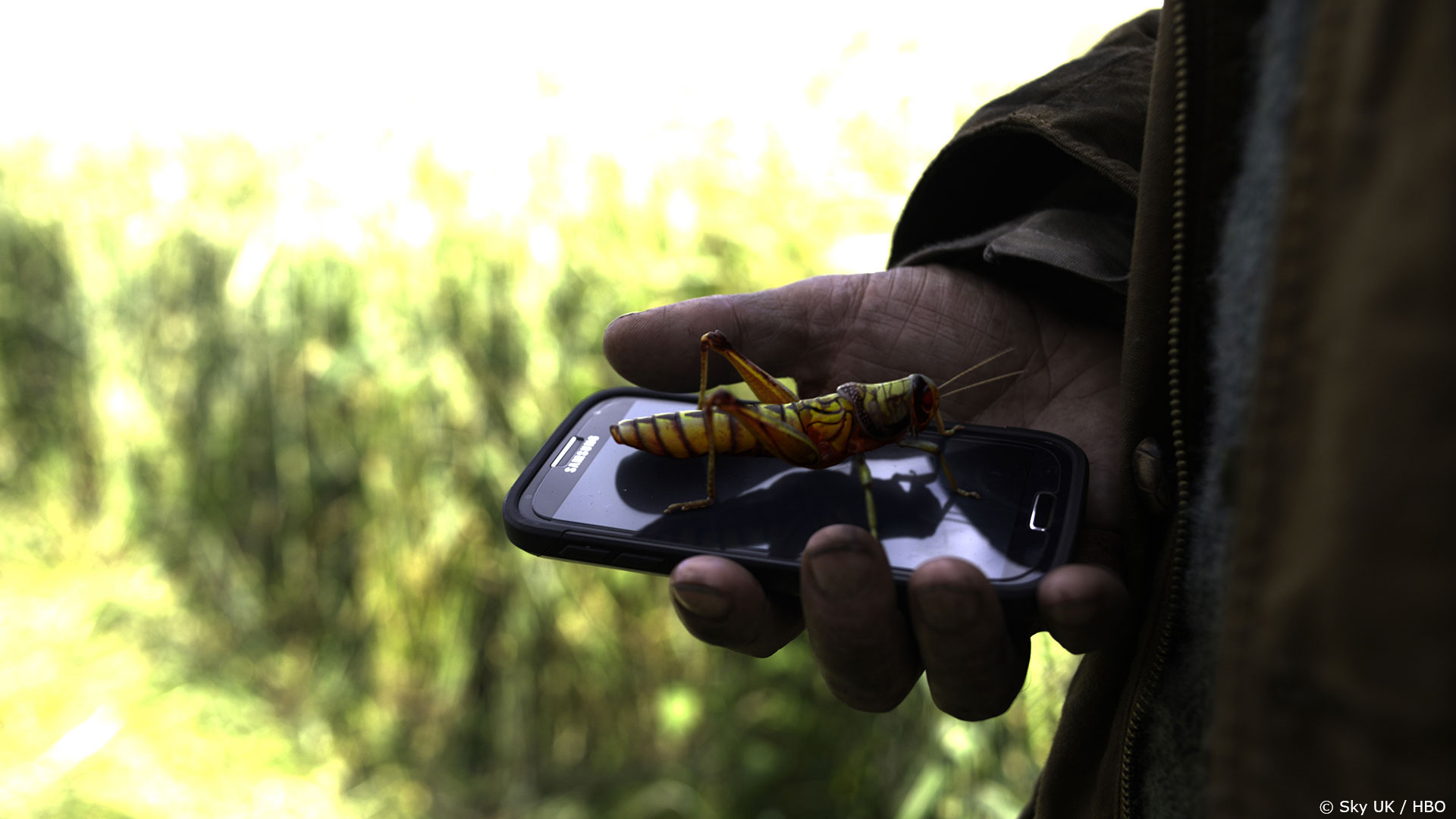
How did you handle their rigging and animations?
Maya and Houdini.
Some shots have many creatures. How did you handle their crowd animations?
The crowd shots- the crabs and locust swarm at the end of Episode 3 were created by MPC Episodic.
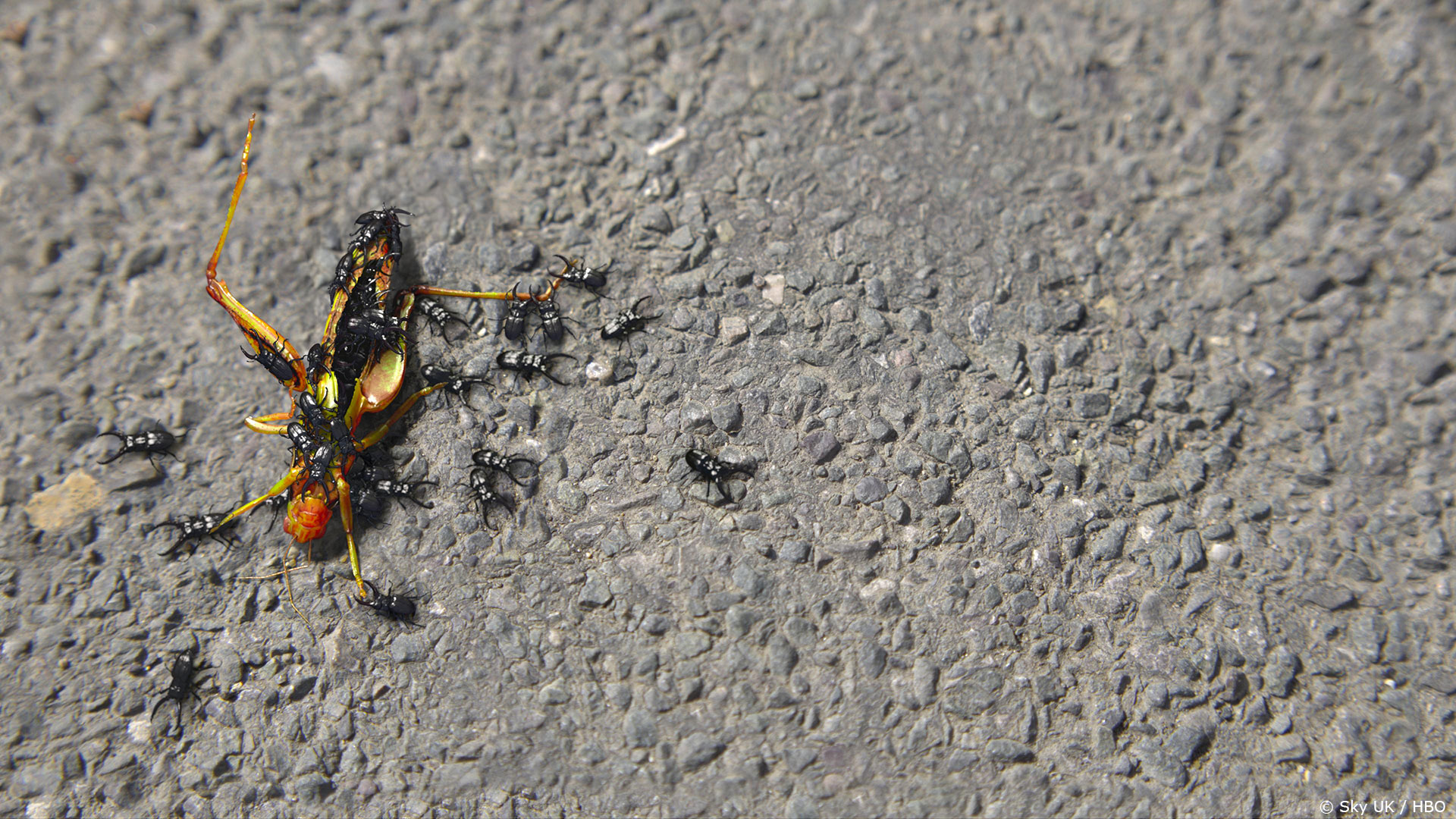
During the festival, the heroes have strange visions. How did you design and create those shots?
Yes, Sam is having an acid trip, and this was one of the most demanding aspects of the show, and was spread across multiple vendors. This was both a technical challenge, but also a big creative one. While some of VFX was scripted, not all of them were so there was quite a lot of creative and concept development with the director Marc Munden.
While there were a lot of ambitious VFX shots across this sequence, they very much fit with the narrative and the tone of the film. Acid trip- great visuals- yes- but they refer to the mythology of the island, and reinforce the sense, which runs through the narrative, that the boundary between what is real and what is imagined is unstable.
The starting point was the script and what’s happening in the narrative. One of the interesting things about the filming of the ‘Summer’ Episodes is that we are always on Sam, in his environment, or sharing his POV.

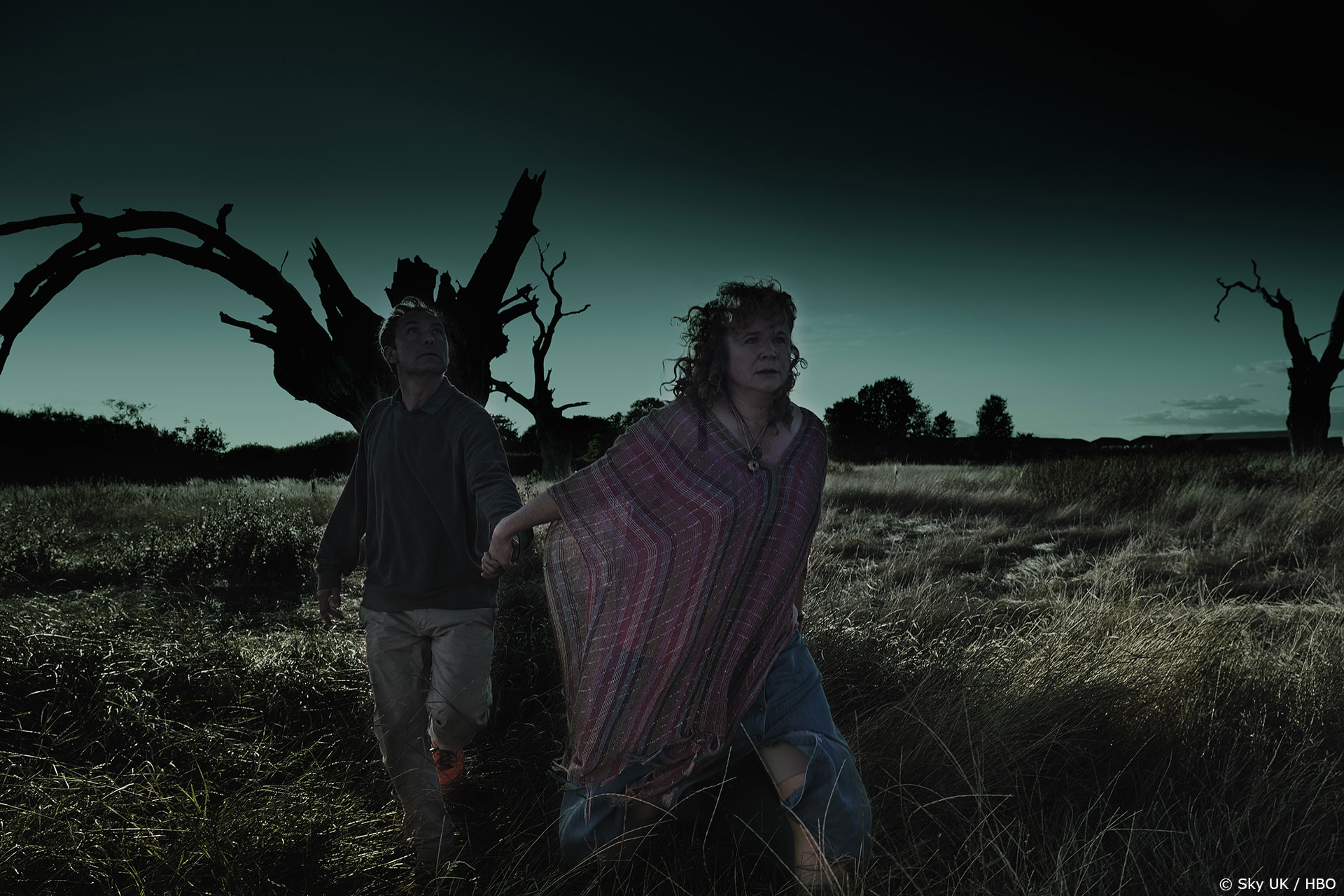
So our understanding of events is defined by Sam’s subjective experience. As Sam starts to revisit the trauma and loss he has experienced, and buried in his past, triggered by events on the island, the febrile environment he finds himself in and the mysterious rituals, visions, internecine feuds, his reliability, his understanding of reality becomes increasingly questionable. This also plays out in how the film was shot- often close up with a distorting wide lens and shallow depth of field, and in the edit- we have flashbacks, but also flashforwards- and shots are strung together in a disorientating way.
It was within this context that we set about concepting the ideas for the acid sequence. The key bit of reference as a starting point was google deep dream.What was liked here was the continuously evolving forms and half forms. But the intention was not to just apply this as an effect- which would have been rather a hackneyed approach, but rather use it as an inspiration. It was a good starting point though. What google deep dream does is analyse an image and if it sees a pattern that resembles an image it makes it more like that image. Pattern recognition in reverse. So this resembles in some ways what is happening in an acid trip where the brain’s interpretation of the environment is disrupted and is resolved by projecting internal imagery.
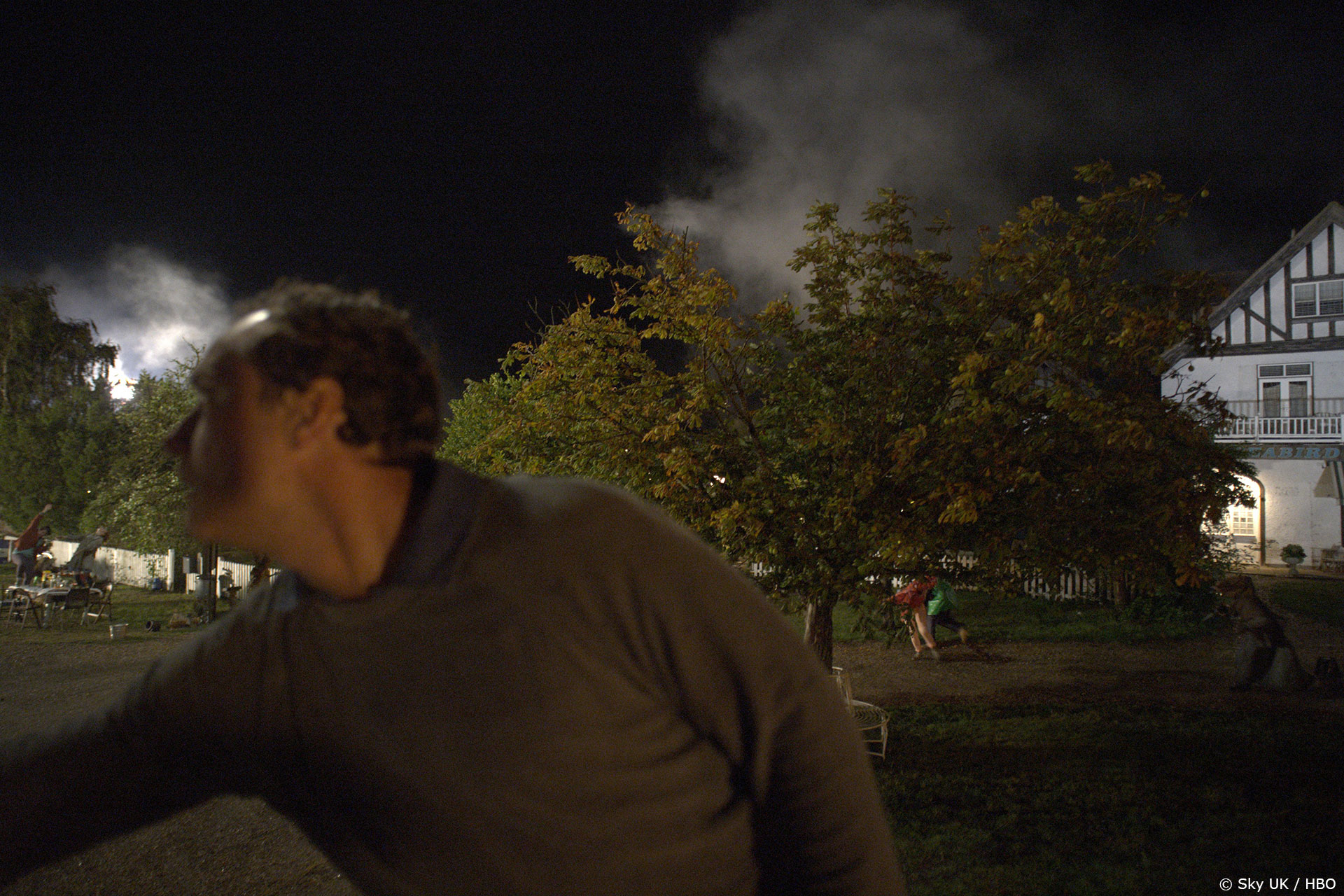
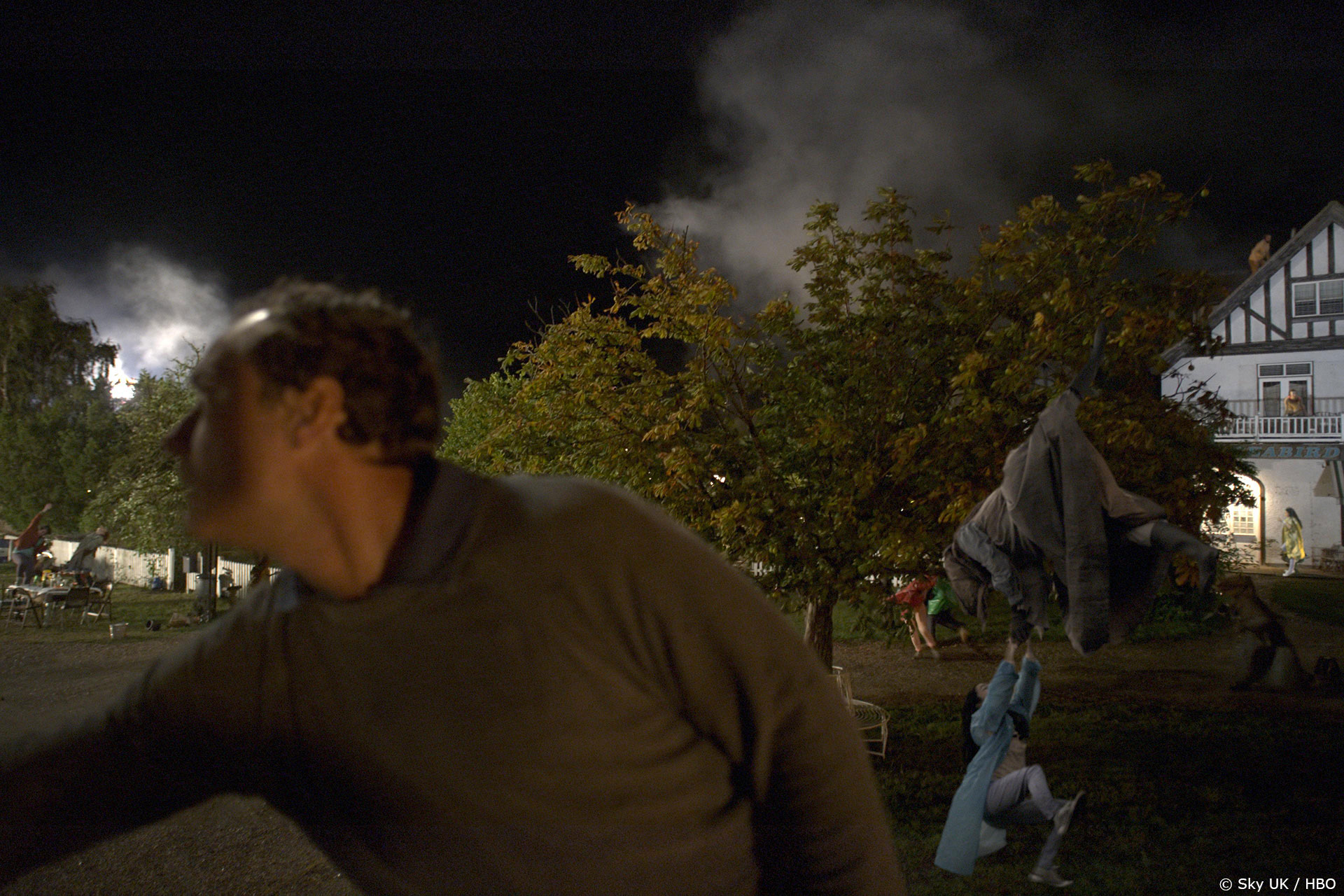
Came up with this idea of an evolving encrusted landscape, populated with imagery that is built up in the narrative. For example the scene of Sam and Jess in the woods. Bit of a love scene really, the idea here was to give a marine feel- and the trees evolve into these coral like encrusted forms. When we are at the chapel, the trees become masks- the Sejora masks we see throughout the film- as the narrative unfolds the acid trip becomes more ominous.
One the features of the ‘Summer’ Episode is the heavy grade that was applied, and the other complexity of these shots, and others in the show, was that they were shot day for night. But the intention was not to just give a tungsten grade, a blue wash. The director was aiming for a kind of Jack Cardiff, Powell Pressberger look- The Red Shoes. So we had the daylight color information for the landscape, which was then heavily graded but then took the skies very dark. So we end up with something that is slightly ambiguous- neither quite day nor quite night- and something quite magical.
In the script the masks, which our drunken, tripping villagers are wearing, were to animate and come to life. This changed. One really great shot is where we jump cut to Mrs Martin wearing a prosthetic mask of her own face. Just clean up really- rather an eerie feel.
This led us to change the masks of the villages around the campfire in a similar fashion. The idea was to make the mask look more like real faces, but not quite- so that there is something rather odd about them. Case of tracking cgi sculpts onto the masked characters.

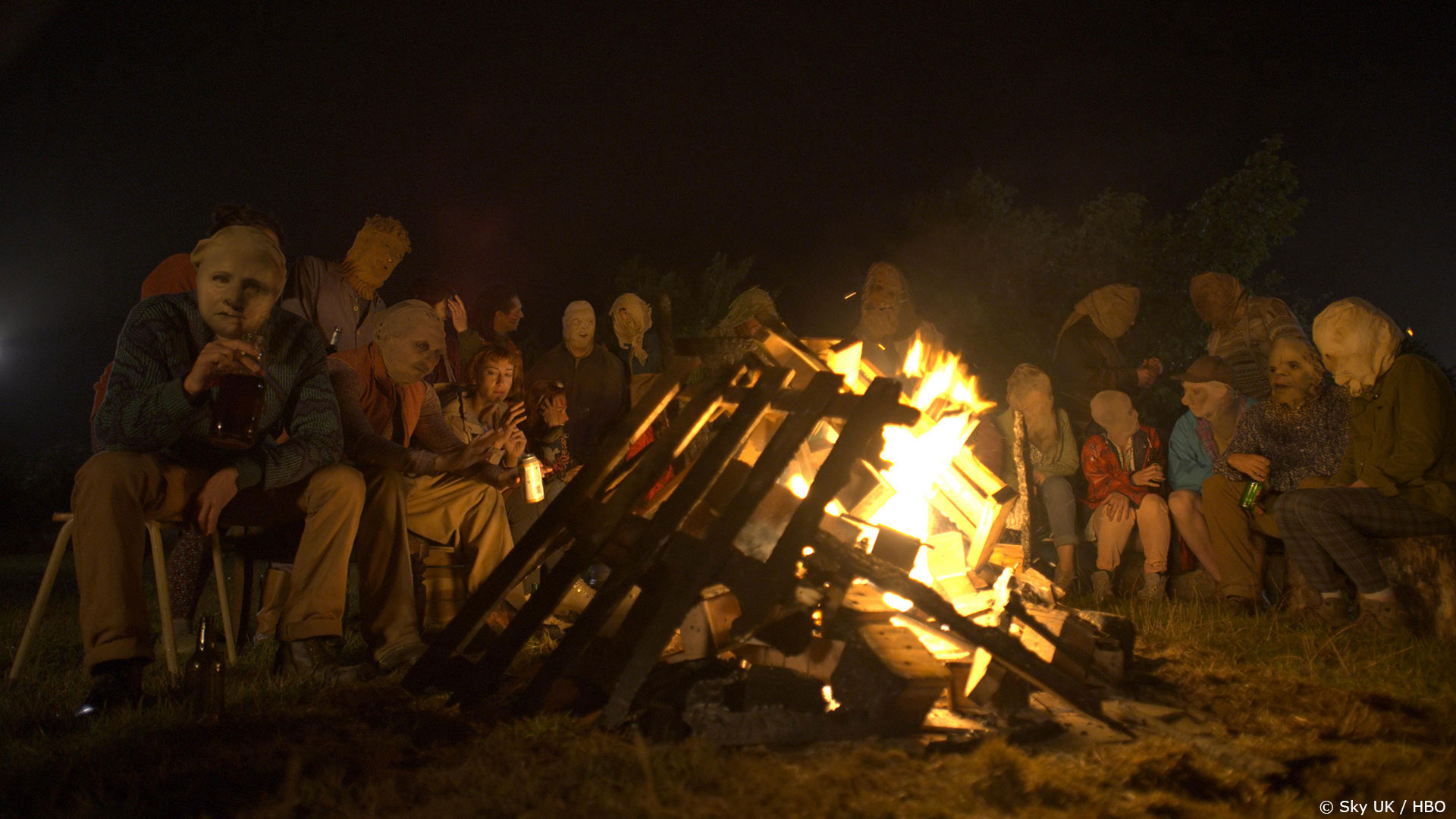
Can you tell us more about the trees creation and animations?
Yes- as Mrs Martin leads Sam away from the partying, we pass through the petrified woods, which was another opportunity to apply our acid treatment to the environment. It was a fantastic location with all these dead trees, and given their twisted forms it was an ideal to develop them into these quite abstract insect like forms, all evolving and coming to life. It was quite simple really- it was designing it that was the difficulty- as with a lot of these shots.
During a shocking sequence, Jude Law has its skin starting to burn. How did you create it?
We went through an extensive concept and development stage. While seemingly so simple- the script just says ‘his skin starts to BLISTER in the heat’, this shot proved a big challenge creatively. We had a scan of Jude Law, and built a procedural approach to show the skin progressively lifting from Sam’s face across the shots.
However, establishing the look of the blistering was tricky. The idea was that it’s not really happening, it’s in Sam’s mind, and the Director didn’t want it to be about injury or disfigurement, or horror. And of course we were applying this to the lead, Jude Law, and it’s very in your face- whenever you start doing something to an actor’s face in VFX your courting trouble.
Added to that it had to look photoreal, but it’s clearly impossible, immediately flagging it up as an obvious VFX- and it’s the first time in the show that you clearly see something that is VFX- so worried about that.
In the end we struck a balance of something readable, but subtle enough that you could feasibly have filmed something. And we also muddied up the plate and comped flames and heat haze over the top.
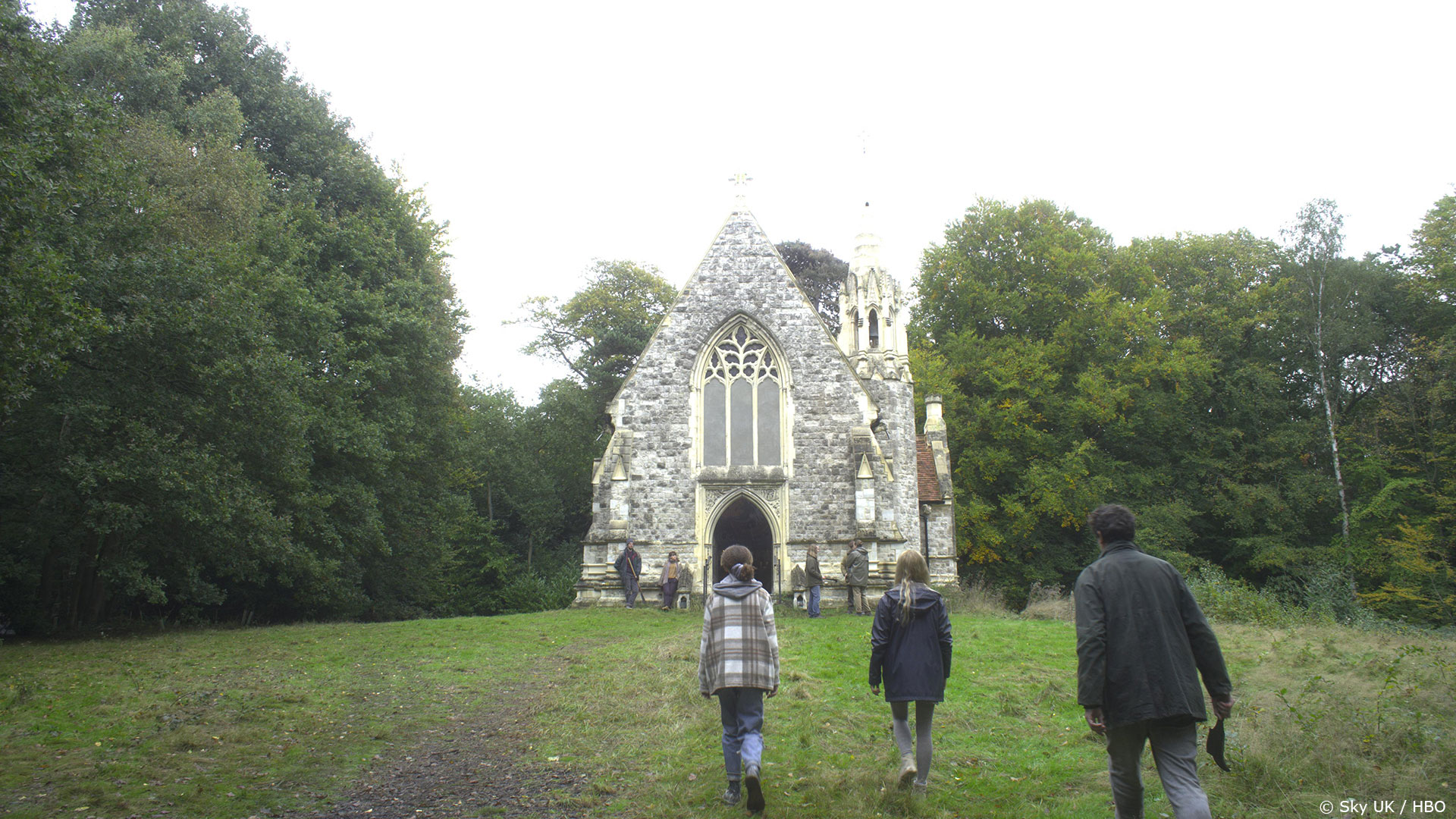

The series is full of shocking and gory shots. Can you tell us more about them?
Yep- there’s an underlying theme of violence in the narrative. This relates in part to the beliefs of the islanders and their actions. There is also this constant mention of the ‘Darkness’ or the ‘Darkness is coming’- I think this can be interpreted as a number of things. But it’s something within Sam for sure, to do with his grief and resultant feelings of rage, and it manifests itself in a number of ways, sometimes violently, and there is a sense that he could be implicated in something. What brings him to the island in the first place is the very violent attempted suicide by hanging of Epona and he dreams these incredibly violent, blood soaked visions.
A lot of all this was filmed in camera, but not all. We have a moment when the tripping Sam, hallucinates that he has been disembowel. One of the more difficult shots we had to do. We couldn’t really get this in camera- it was always going to be one long shot with no cuts, and we needed it to appear with the blood soaking through Sam’s sweatshirt and then disappear. A lot of body tracking, and interaction between Sam and the wound. We also needed to find away to get it to close, and the blood to clear off without looking like it’s just a fade- so timing it to Sam’s action was quite important.

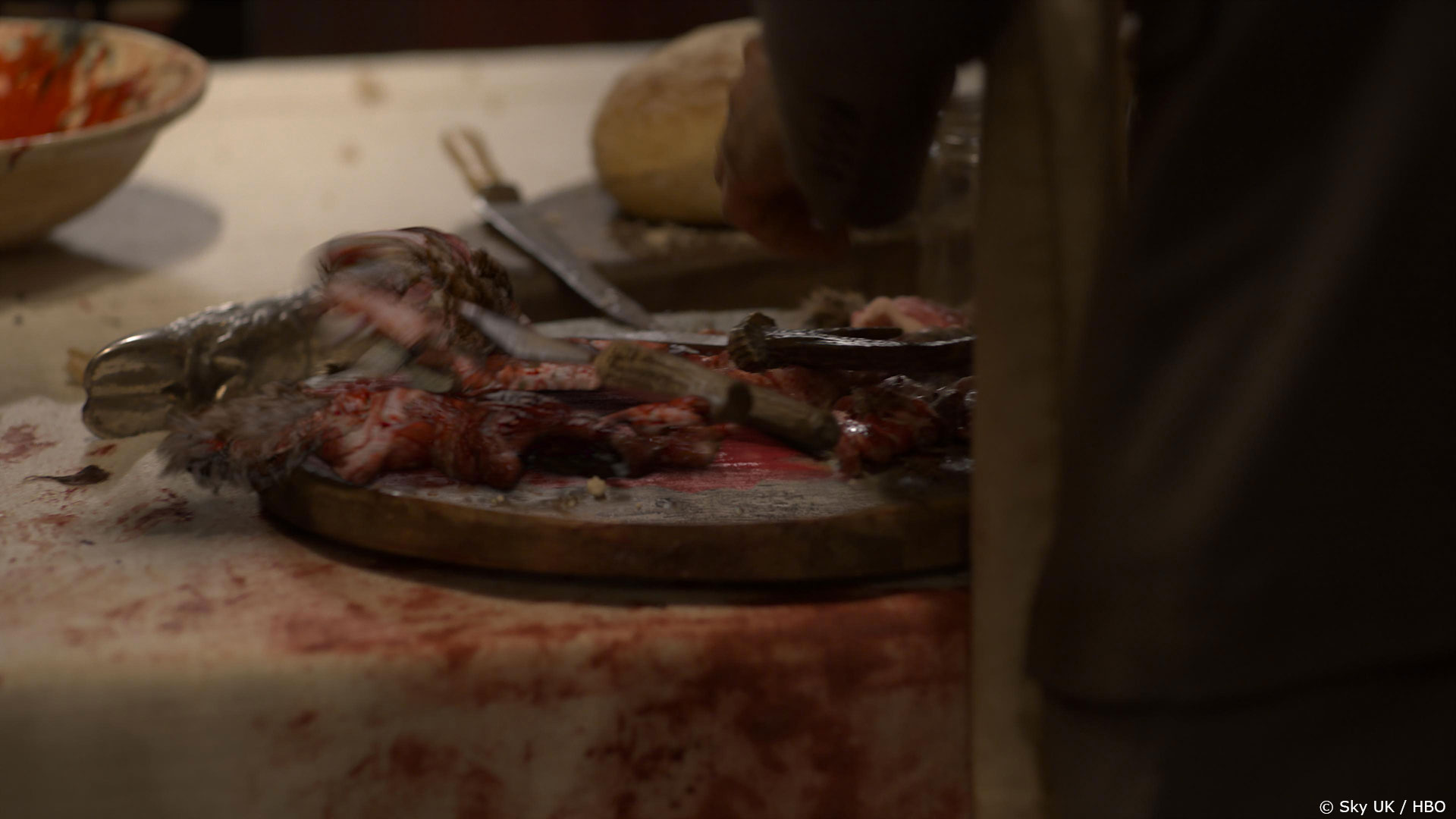
Which sequence or shot was the most challenging?
Oh- definitely the acid sequence which spanned Episode 2 and 3.
Episode 2 ‘The Son’, goes pretty crazy. Episode 3 ‘The Ghost’ takes us somewhere really quite mental. And that’s certainly true of the acid trip sequence, where Sam, who’s still tripping hard, finds himself in this blood red room being subjected to some kind of Pagan/Christian ritual. It’s very dark, violent, and disturbing. Filmed in the basement of St Cleres. This big country house. All filmed on a very wide lens- very distortive. Again some of it was scripted, but we also went through the edit with the director and came up with ideas/visuals we thought we could add, which we then designed and concepted.
The cricket makes an appearance again- this time appearing to feed off a wound on Larry’s head, which mirrors the same wound on Sam’s. In the script The Preacher’s face is not entirely stable- however as we were so wide on the lens, there was a lot of distortion anyway. So just a bit of 2d distortion going on.
From Sam’s POV, we can see a plush room. Actually a comp of a different room. Where we variously see either nobody, or the Girls, or the Girls with the Father, sitting impassively, ignoring the proceedings. Creepy as anything.
In the script- Preacher rips a hunk of bread. Seems to be bleeding. The bread pulses like a heart. Tried to shoot but became VFX. We changed this to become a beating bloodied liver like organ. Fairly disgusting.
We thought we could add to the red walls of the Ritual Room, and Sam’s surrounding environment. We took this all in quite a bloody direction. The scene opens in darkness, the sack being on Sam’s head, and we see these nebulous form jump out at us. We also transformed the walls to feel like we are in some kind of body organ- so we have these pulsation meat walls.We added this kind of struggling necrotized, nascent form, perhaps a face, writhing behind Sam.
One opportunity we couldn’t miss was bringing to life meat on the Preacher’s table- some torn up animal that’s been ripped apart. It sort of crawls across the plate. All quite Jan Svankmajer- as are the growing chair legs that become cricket legs rattling away in the corner.
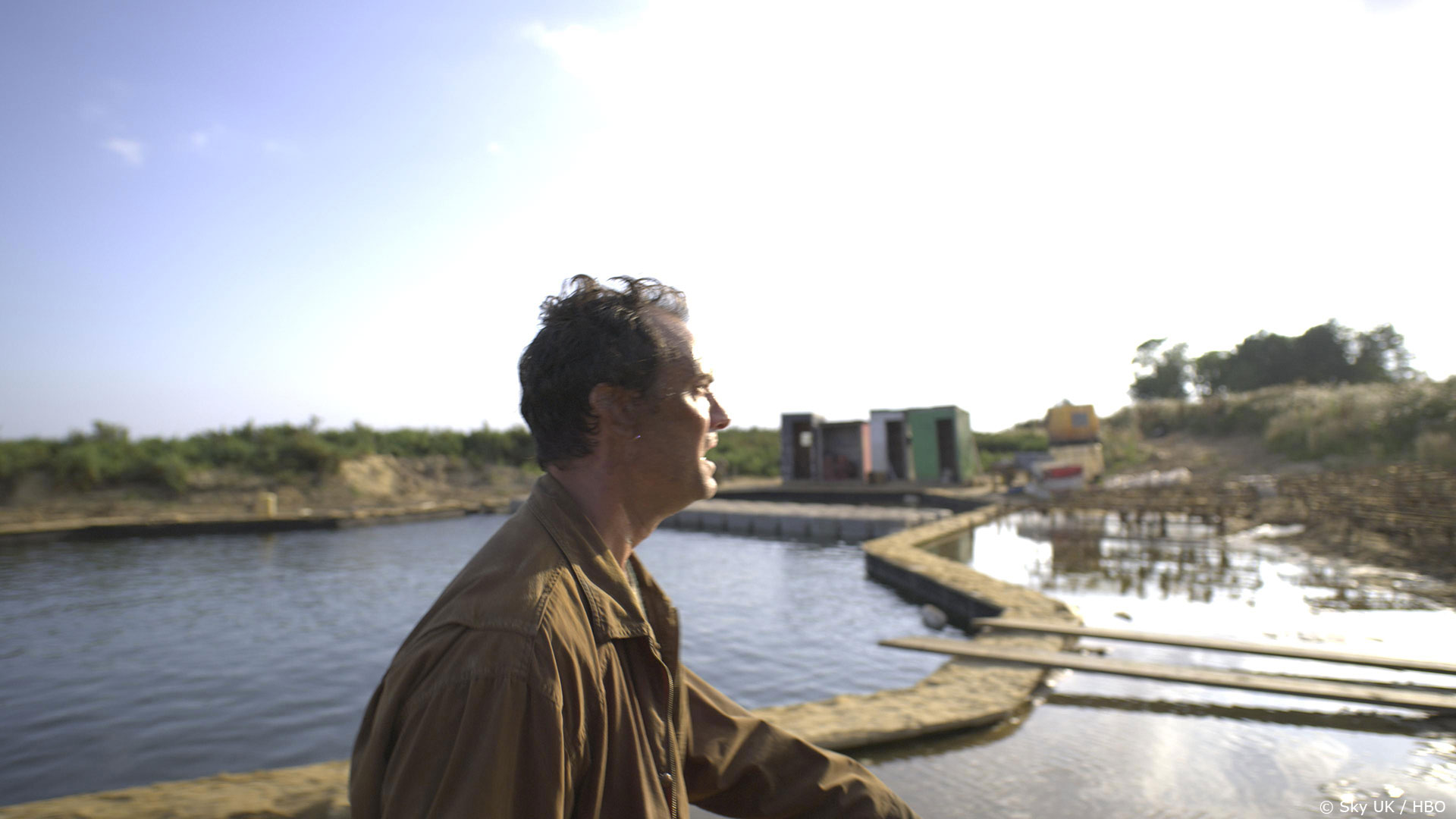
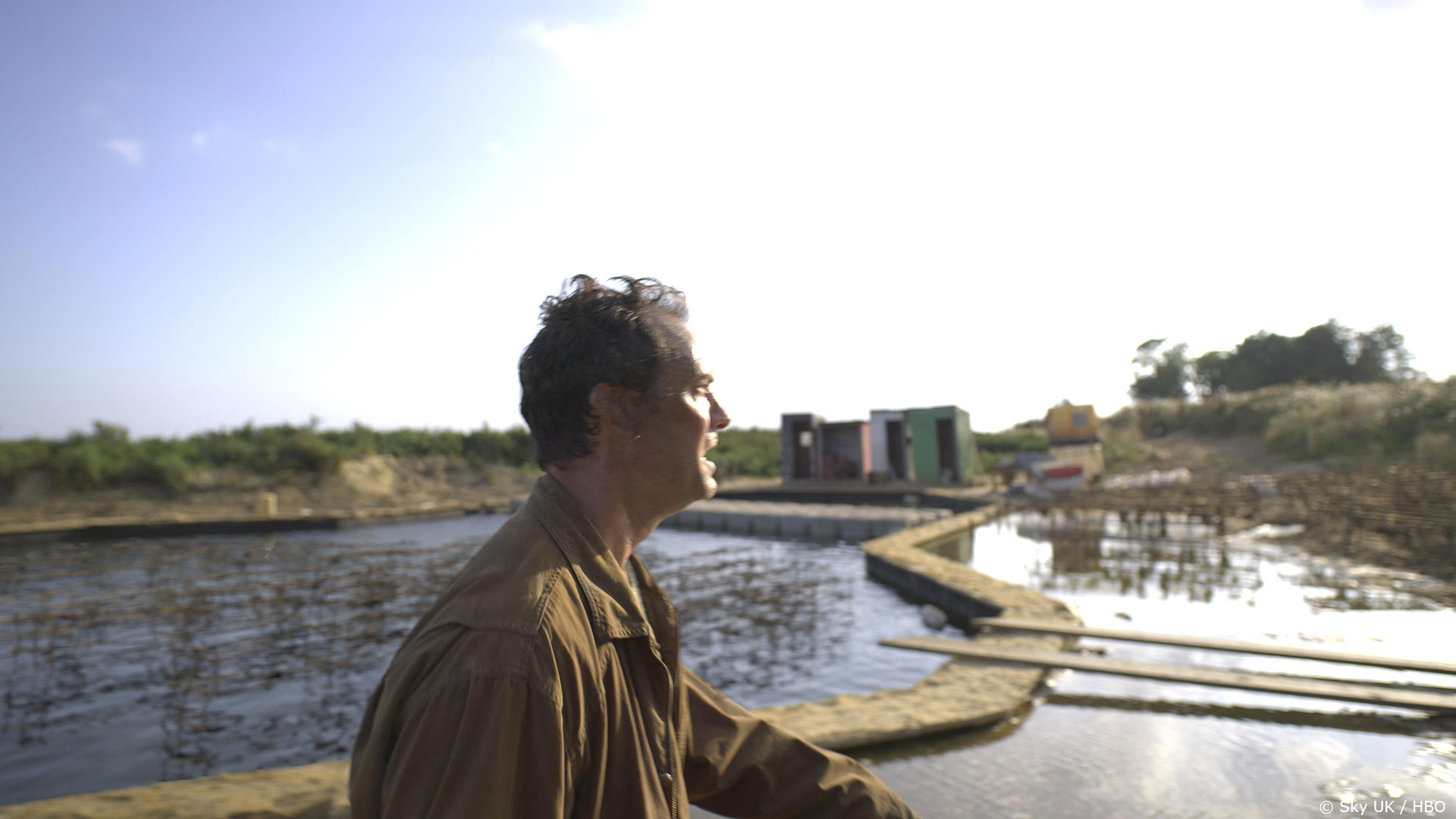
Is there something specific that gives you some really short nights?
The schedule and Covid. Things got very stressful around March.
What is your favorite shot or sequence?
One of my favourite shots on the show was what was dubbed the flying shot, where Mrs Martin leads Sam away from the revelers. Sam seemingly floats up above the village square. This was actually achieved in camera, with Jude walking onto a platform mounted on a crane along with the camera operator. We then added all these characters floating up into the air, or dancing on the roof tops, which we filmed as a separate element shoot with wires. It’s a great shot- and achieved quite simply in a sense.
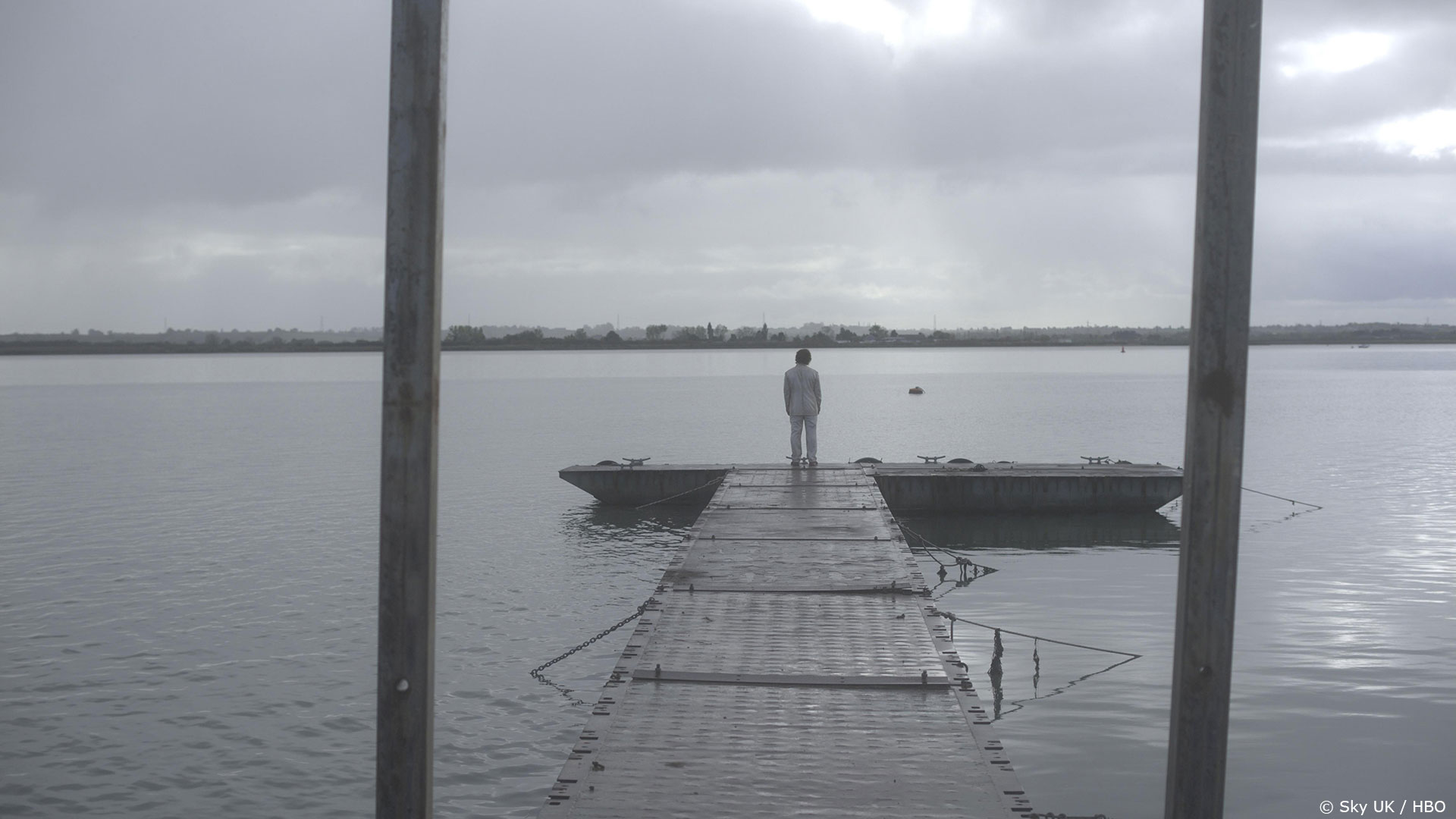

What is your best memory on this show?
Being beside the sea- of course, especially being out in the middle of the causeway!
How long have you worked on this show?
14 months.
What’s the VFX shots count?
520 shots.
What is your next project?
Currently working on PENNYWORTH and MCDONALD & DODDS.
What are the four movies that gave you the passion for cinema?
That’s much too hard a question. But what I would say is that when I was younger I lived near this independent cinema, which had programs of art house films and foreign films, which was a great introduction to the world of film.
A big thanks for your time.
WANT TO KNOW MORE?
Freefolk: Dedicated page about THE THIRD DAY on Freefolk website.
© Vincent Frei – The Art of VFX – 2020






